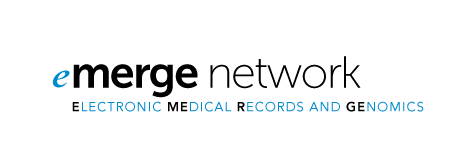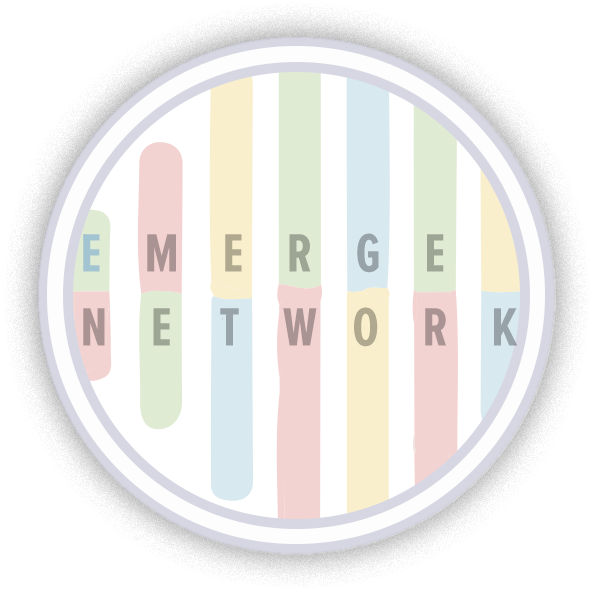EHR Integration
Return to Projects Page.
EHR (Electronic Health Record) Integration entails developing methodologies and best practices for both the incorporation of a patient’s genomic data into the EHR and also the usability of these data by physicians and patients.
Integration of genomic information into the EHR and delivery of clinical decision support utilizing electronic medical records requires:
- Building and implementing the necessary infrastructure for housing
- Interpreting, and sharing data
- Defining standards
- Creation of user-friendly portals that provide relevant information for the targeted audience
- Support from institutions
The eMERGE Network is actively working through all steps of this process to make select data available at all network sites. Through this process, genomic data can be more readily available for use by physicians and researchers to improve clinical care.

Integration of pharmacogenomic (PGx) data
During eMERGE Phase II, pharmacogenomic data was returned to participants and integrated into the EHR. These samples were sequenced on the PGRNseq platform and the genetic and phenotypic data is currently housed on the SPHINX (Sequence, Phenotype, and Pharmacogenomics Integration Exchange) website. Further details about the PGx data set can be found on the Genomics project page. The lessons learned from the return of the PGx data have informed our methods and processes for our current eMERGEseq return and integration process.
Tools
The eMERGE Infobutton Project explored the use of ‘infobuttons’ as a decision support tool to provide context specific links within the electronic health record relevant to genomic medicine. DocUBuild provides infrastructure to support sharing genomic medicine content in a way that is compliant with the HL7 infobutton standard. It can be used to create sharable genomic medicine documents that can be exported for use in a local EHR environment.
The schema used for the return of structured sequencing results (XML) can be found on GitHub.
CDS_KB supports the sharing of clinical decision support artifacts and serves as a collection of practical experiences and resources to enable more rapid translation and implementation of genomic medicine to the electronic health record.

